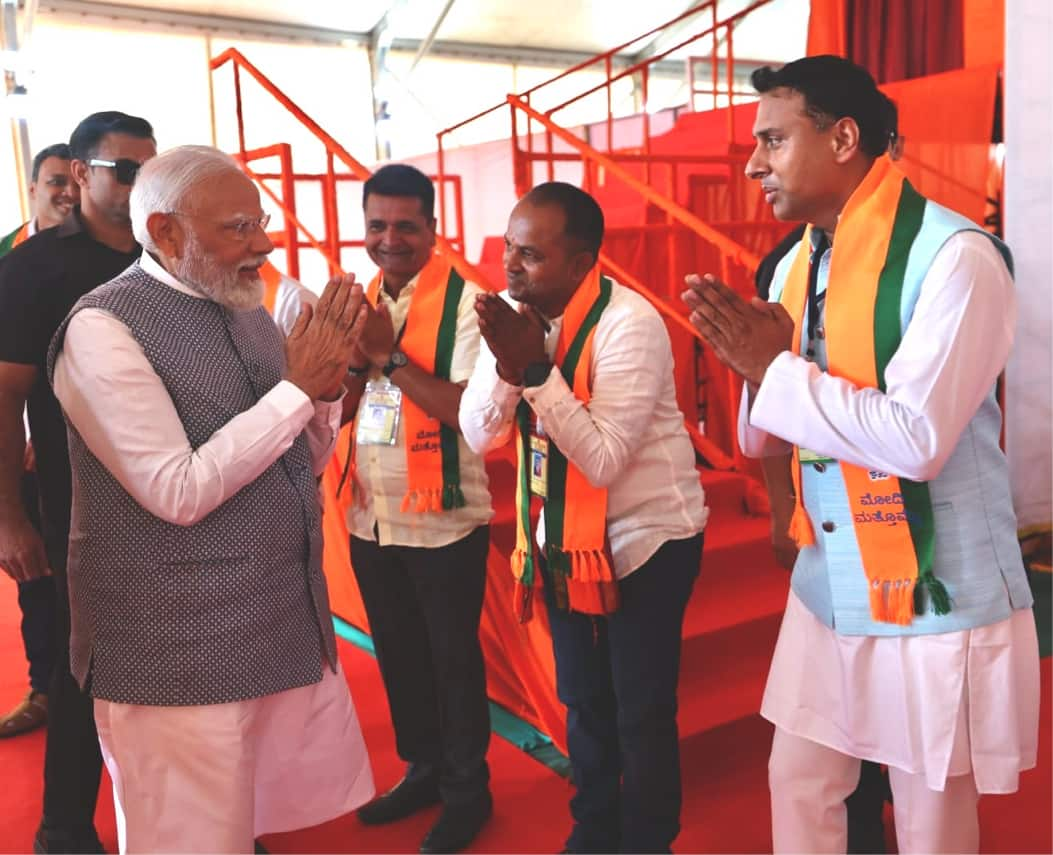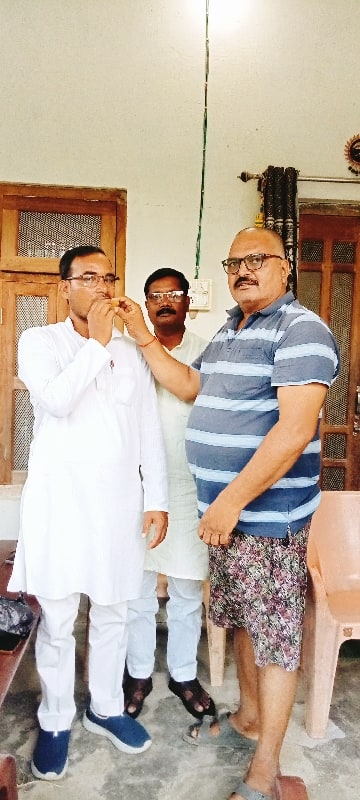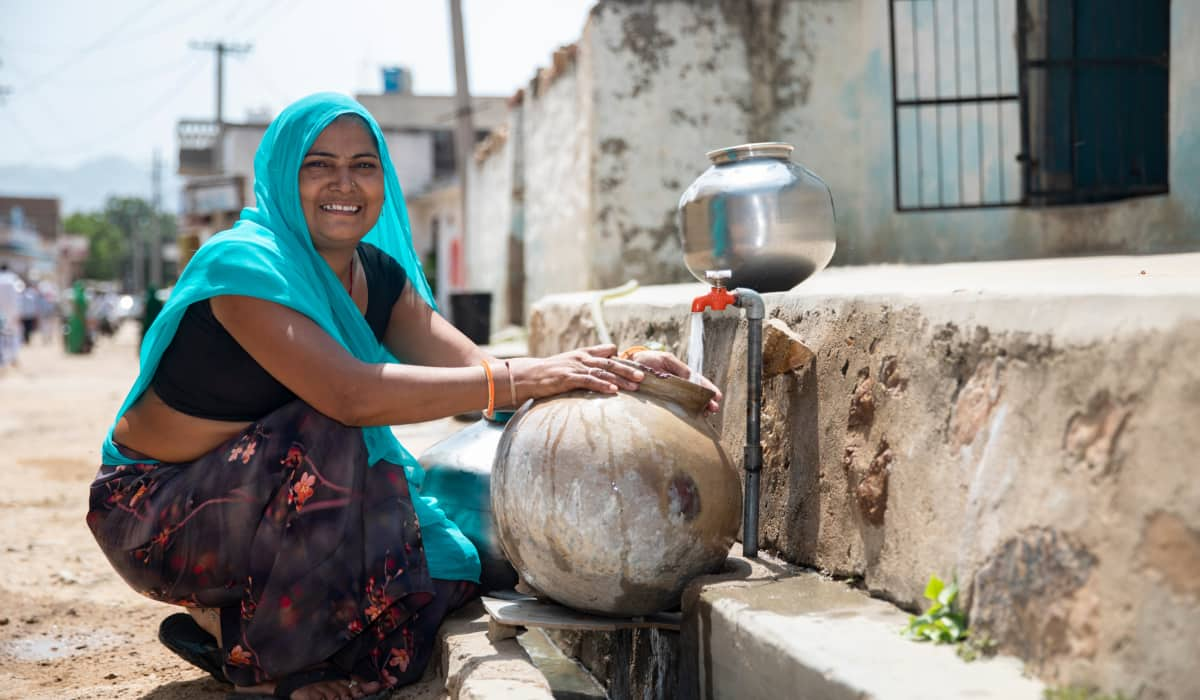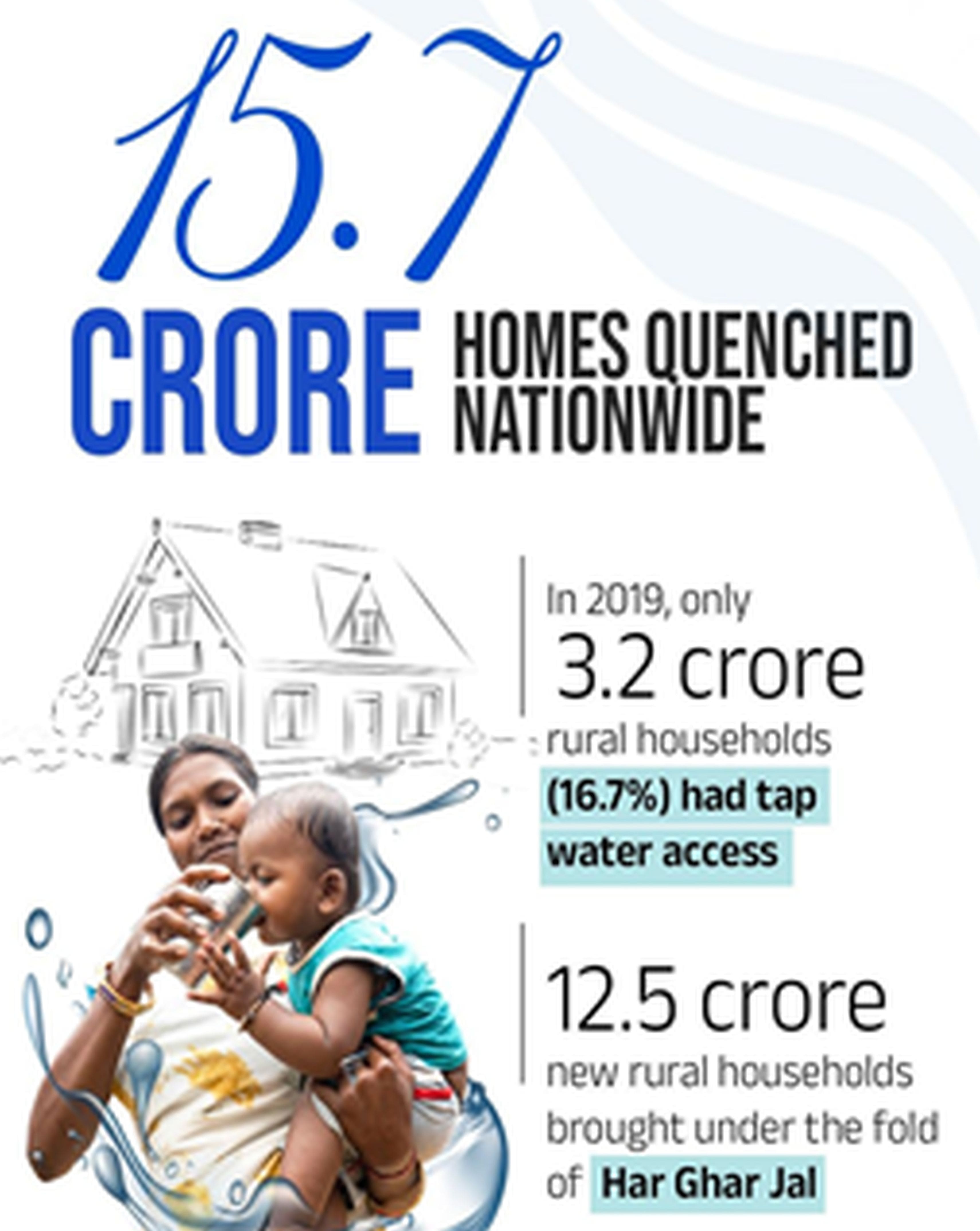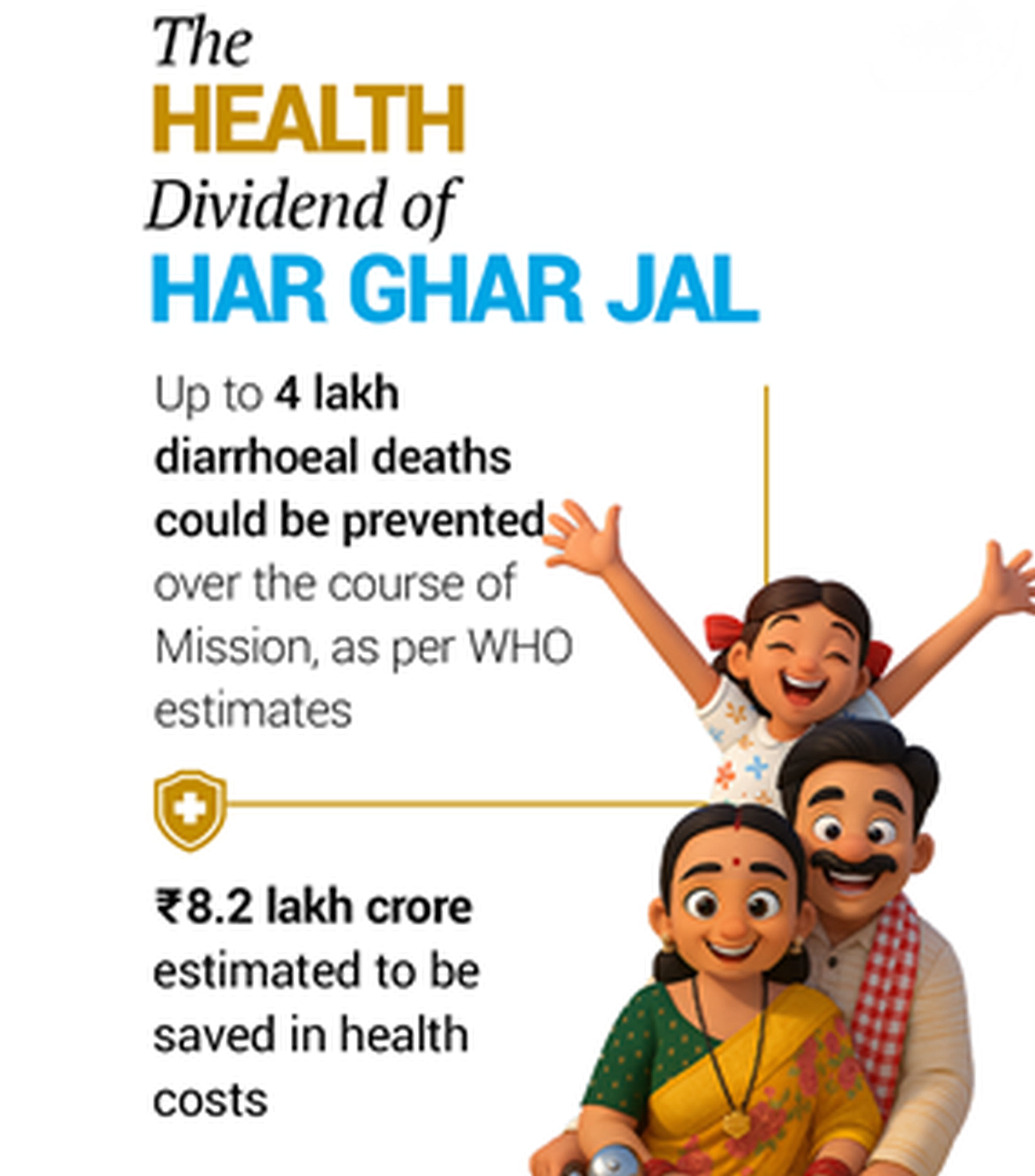Narendra Modi, the 14th Prime Minister of India, is a figure whose political journey is as intriguing as inspiring. Rising from humble beginnings, Modi's ascent through the ranks of the Rashtriya Swayamsevak Sangh (RSS) to the Bhartiya Janata Party (BJP) and eventually to the highest office in the country is a testament to his tenacity, vision, and unwavering commitment to public service.
Modi's early years were marked by his association with the RSS, a Hindu nationalist organization. Born on September 17, 1950, in Vadnagar, Gujarat, he was introduced to the RSS at a young age and became actively involved in its activities during his teenage years. His upbringing in a modest family instilled in him values of discipline, hard work, and service to the nation, shaping his future endeavours. His first brush with the RSS was at the tender age of eight when he would attend the local youth meetings of the RSS after a day’s work at the family tea stall. The reason for attending such meetings was far from political. It was here that he met one of the strongest influences on his life, Laxmanrao Inamdar also known as ‘Vakil Saheb.’
With this background, an almost 20-year-old Narendra Modi arrived in Gujarat’s largest city Ahmedabad. He became a regular member of the RSS and his dedication and organisation skills impressed Vakil Saheb and others. In 1972 he became a Pracharak, giving his full time to the RSS. He shared his accommodation with other Pracharaks and followed a rigorous daily routine.
Narendra Modi was made the ‘Sambhaag Pracharak’ (equivalent of a regional organiser) as an appreciation of his activism and organisational work during the preceding years. He was given charge of South and Central Gujarat. At the same time, he was called to Delhi and asked to chronicle the official RSS account of the Emergency Period. It meant more work and balancing both regional and national duties, which Narendra Modi did with ease and efficiency.
Modi's political journey truly began when he joined the BJP in the early 1980s. His organizational skills and dedication quickly propelled him through the party ranks, and he soon became known as a skilled strategist and effective communicator. Modi played a crucial role in strengthening the BJP's presence in Gujarat, a state that would later become the cornerstone of his political career.
In 2001, Narendra Modi was appointed as the Chief Minister of Gujarat, a position he would hold for an unprecedented 13 years. His tenure as Chief Minister is often regarded as a transformative period for the state, marked by rapid economic growth, infrastructure development, and social initiatives. Under his leadership, Gujarat emerged as one of India's most prosperous and industrialized states, attracting investment and generating employment opportunities. Narendra Modi again become Chief Minister of Gujarat on the plank of development in 2007 and 2012.
Modi's governance style during his tenure as Chief Minister was characterized by decisiveness, innovation, and a focus on development. He implemented several groundbreaking initiatives, including the Vibrant Gujarat Summit, which showcased the state's investment potential to the global community. His administration also prioritized infrastructure projects such as roads, ports, and power plants, laying the foundation for Gujarat's economic success.
Despite the challenges, Modi's popularity in Gujarat remained strong, and in 2014, he made history by leading the BJP to a landslide victory in the general elections. On May 26, 2014, Narendra Modi was sworn in as the 14th Prime Minister of India, ushering in a new era of governance marked by ambitious reforms and a pro-business agenda.
As Prime Minister, Modi wasted no time in implementing his vision for India's development and prosperity. His government launched flagship initiatives such as Make in India, Digital India, and Swachh Bharat Abhiyan, aimed at promoting manufacturing, modernizing infrastructure, and improving sanitation and hygiene nationwide. Modi's emphasis on economic growth and innovation has earned him praise from supporters and critics alike, with many crediting him with accelerating India's transformation into a global economic powerhouse.
PM Modi's second term, which began in May 2019, has been marked by bold initiatives, ambitious reforms, and significant geopolitical challenges. Building on the successes and lessons of his first term, Modi has pursued an agenda focused on economic growth, national security, and social development, while also facing criticism and controversy on various fronts.
One of the central themes of Modi's second term has been the continued emphasis on economic reform and development. The government has undertaken several major initiatives aimed at boosting economic growth, creating jobs, and enhancing India's competitiveness on the global stage. The landmark Goods and Services Tax (GST) reform, introduced during Modi's first term, has been further streamlined and refined to ease compliance burdens and promote business expansion.
Additionally, Modi's government has pursued initiatives such as the Aatmanirbhar Bharat Abhiyan (Self-Reliant India Mission), which aims to promote domestic manufacturing and reduce dependence on imports. The initiative includes measures to support small and medium-sized enterprises (SMEs), enhance infrastructure development, and foster innovation and entrepreneurship. While critics have raised concerns about protectionism and the potential impact on international trade relations, supporters argue that Aatmanirbhar Bharat is essential for strengthening India's long-term economic resilience.
In the realm of social welfare, Modi's government has continued to prioritize initiatives aimed at improving the lives of marginalized communities and enhancing social inclusion. The Pradhan Mantri Jan Dhan Yojana, which aims to provide access to banking services for all households, has been expanded to include additional benefits such as insurance and pension schemes. The Ayushman Bharat scheme, launched during Modi's first term, has been further expanded to provide healthcare coverage to millions of vulnerable citizens.
The second terms is defined by his government's response to ongoing challenges such as the COVID-19 pandemic, economic recovery, and India’s growing economic prowess. The success of initiatives such as Aatmanirbhar Bharat and efforts to promote inclusive development will be crucial in determining the legacy of Modi's leadership and the future trajectory of India's growth and prosperity.
PM Modi's commitment to infrastructure development has also been evident during his second term, with significant investments in transportation, energy, and digital infrastructure. Projects such as the Bharatmala Pariyojana, aimed at improving road connectivity across the country, and the Sagarmala initiative, focused on modernizing ports and coastal infrastructure, are expected to boost economic growth, ensuring strong border and development in North Eastern states of India which once was ignored.
PM Modi's foreign policy initiatives have also been a significant aspect of his tenure as Prime Minister. He has sought to strengthen India's strategic partnerships with key allies while also engaging with countries in Africa, Southeast Asia, and the Middle East to enhance economic cooperation and diplomatic ties. Modi's proactive approach to foreign affairs has helped elevate India's standing on the world stage and position the country as a key player in global affairs. The most recent G20 event which was held in India, witnessed the inclusion of African Union and the G20 New Delhi Declaration remains one of the most successful declarations which received complete consensus of all participating countries. India under PM Modi has also been elected as president of various global bodies such as International Solar Alliance, Coalition for Disaster Resilient Infrastructure, I2U2 etc. India under PM Modi also witnessed India’s global role as a First Responder when India had sent aid to countries impacted by natural calamities, conducted rescue missions, provided life saving vaccines during the COVID19 pandemic to ensuring safe passage to civilians during global conflicts.
Narendra Modi's as Prime Minister has been marked by bold initiatives, ambitious reforms, which has resulted in India’s growth. The government has made progress in areas such as economic development, social welfare, and infrastructure. The focus of governance has been to uplift the Garib, Youth, Farmers and Women of India. PM Modi’s vision of ‘Sabka Saath, Sabka Vikas and Sabka Prayaas” has been exemplified in the successes in the last two terms as Prime Minister of India.






